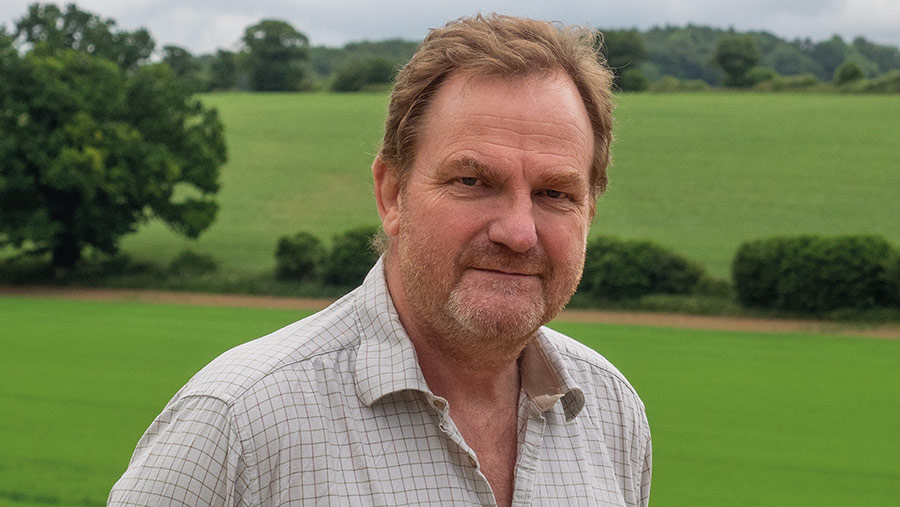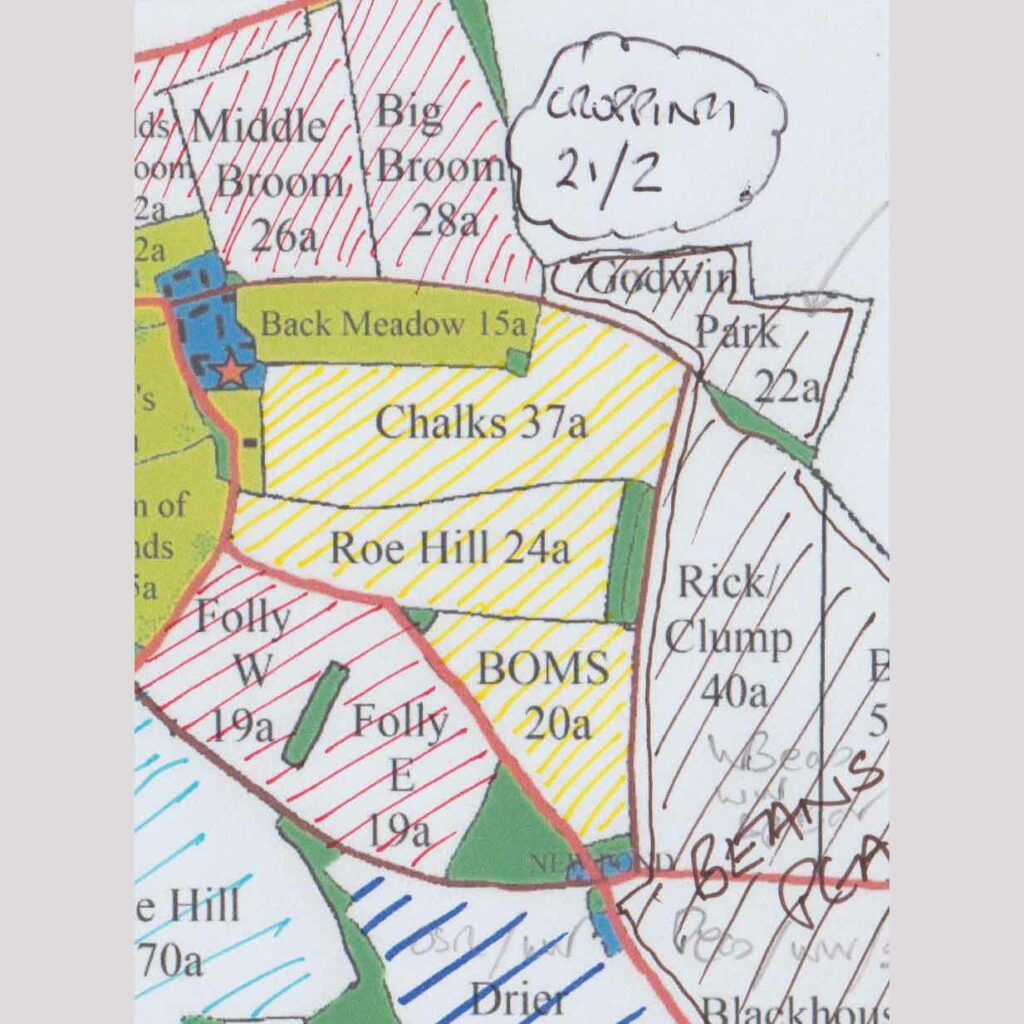Flindt on Friday: I’ve been hurt, but I’m ready to try again
 © Kathy Horniblow
© Kathy Horniblow It was the awkward moment that many couples, after so long together, know only too well.
There was something that needed to be said, something that neither party wanted to be the first to say, after all these years, all the ups and all the downs.
We made polite small talk over coffee and tea, even went through a few Hobnobs over the kitchen table – but neither of us felt brave enough to bring up such a sore and sensitive topic.
Finally, I decided that the situation was ludicrous, and it couldn’t go on any longer. I would take the initiative, confident that there would be no stigma attached to being the first to bring the subject up.
I pushed my empty teacup to one side, grabbed a pen, and produced a blank farm map. I took a deep breath. “Well, Tod. You’re the agronomist. Shall we have another go at oilseed rape this year?”
When Charlie met Toddy
“Oh yes! Yes! Yes!” he shouted, slamming his palms on the table. Now, this Meg Ryan impersonation may have been unintentional, but it was probably justified.
After all, despite many long conversations, we were no nearer finding a new break crop that actually justified the effort.
So it was a relief for both of us to find we were thinking the same thing: it may be time to give oilseed rape another try.
See also: Flindt on Friday – the fine art of baffling your neighbours
The last few harvests have seen a bit of crisis in the world of break crops. I’ve forgotten the last time I had a pulse crop that filled a barn, and home saving seed seems to take half the heap these days.
Yes, beans and peas are good for a bit of residual N, but they do seem to struggle with direct drilling (time to polish up the Kverneland No 28s?), and weed and bug control varies from ludicrously expensive to utterly useless – sometimes simultaneously.
The pea highlight from a few years ago was a crop that was so easy to combine (and in a pea crop, that’s what really counts) that I did all 75 acres in a day with my little combine. That variety mysteriously vanished the next year.

© Charlie Flindt
I recently looked into soya as The Next Big Thing, after reading of pigeon-free fields with heavenly simple husbandry; but when the “contract” had to be unloaded with a forklift, and the grapevine gossip was slightly less glowing than the glossy brochures, I decided it wasn’t for me.
Sleepless in Hants
It’s still amazing that we’re even looking at oilseed rape again. The 2018-19 and 2019-20 years were full of drilling, re-drilling, blanket insecticides, “shall we plough it in?” and “is it worth putting any more N on it?”
And then there’s the slug pellets on the following wheat, the flowering that teases you with promises of a spectacular recovery, and the combine tank that cruelly tells you otherwise.
But those who have stayed faithful to OSR this year seem to have had their faith rewarded. I did a drive round north Hampshire recently and was amazed at some of the fields of yellow.
Is it true that somehow establishment has become easier? No one seems to know why, but the countryside’s colour scheme seems to suggest it’s true.
With much ceremony, the bright yellow felt tip was produced, and this year’s winter barley fields were hatched in for oilseed rape.
It may all change, of course – but word came through a couple of days later of the farmer with a held-back barnful of black stuff that he’d just sold for £500/t. If that doesn’t have you slapping the table orgasmically, nothing will.
